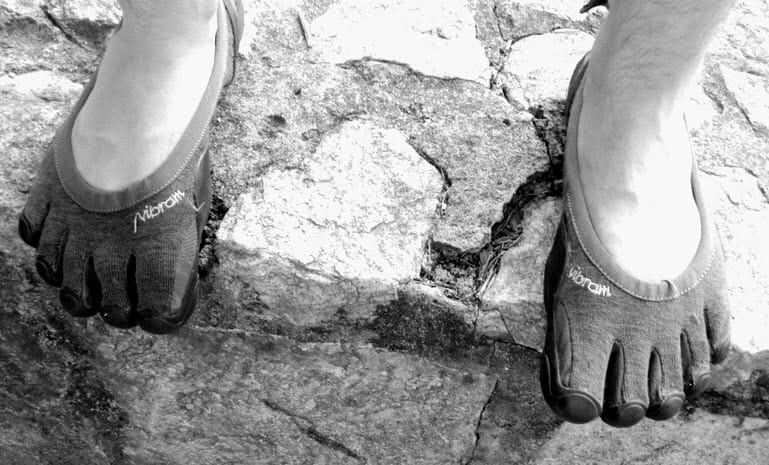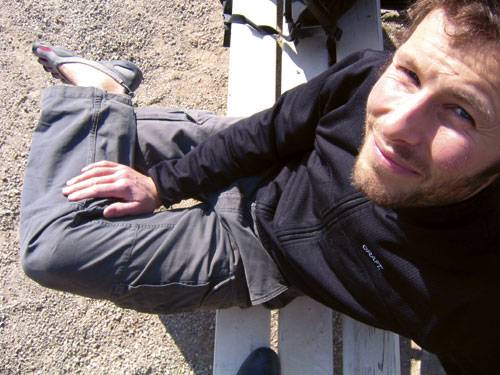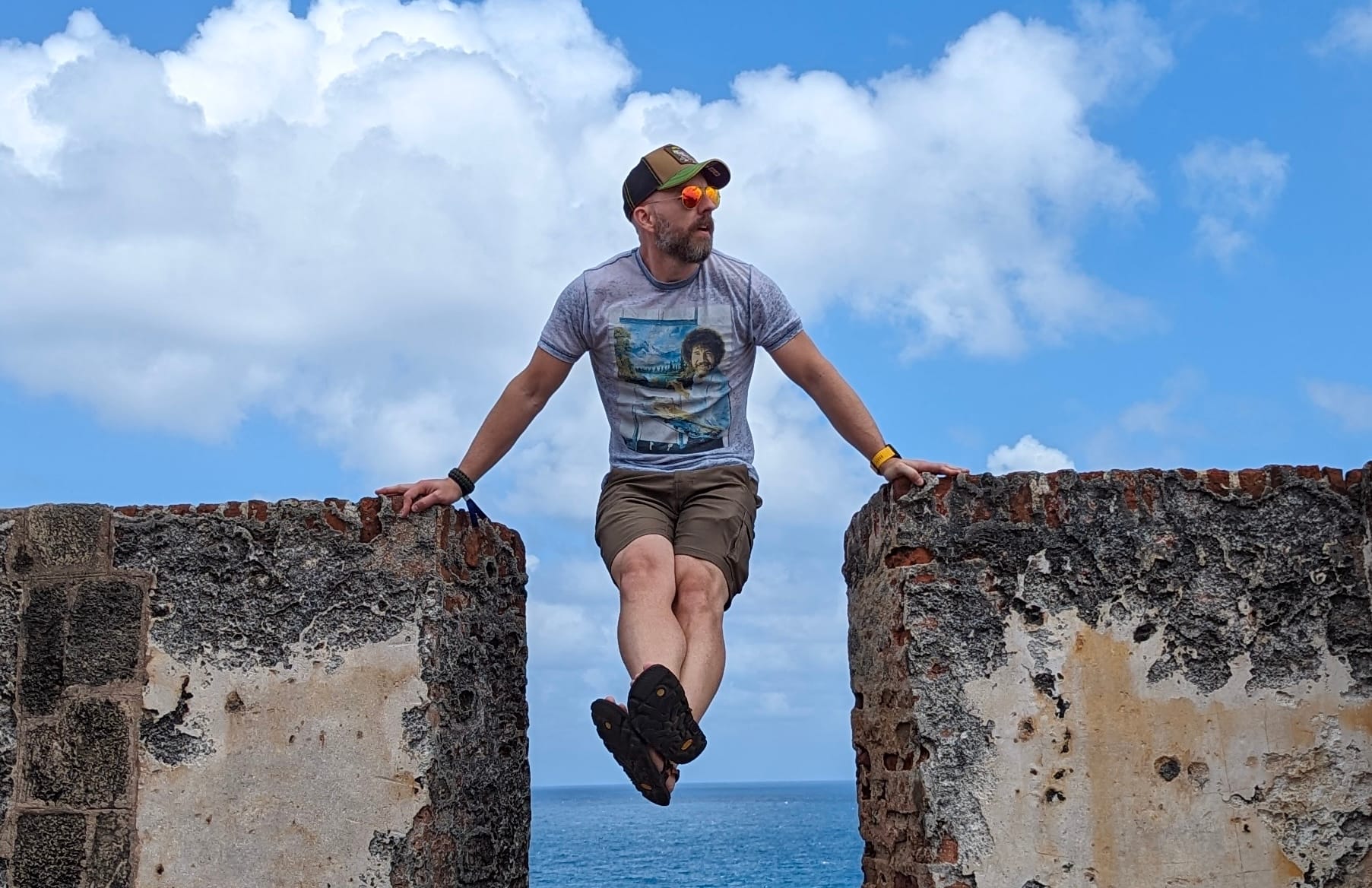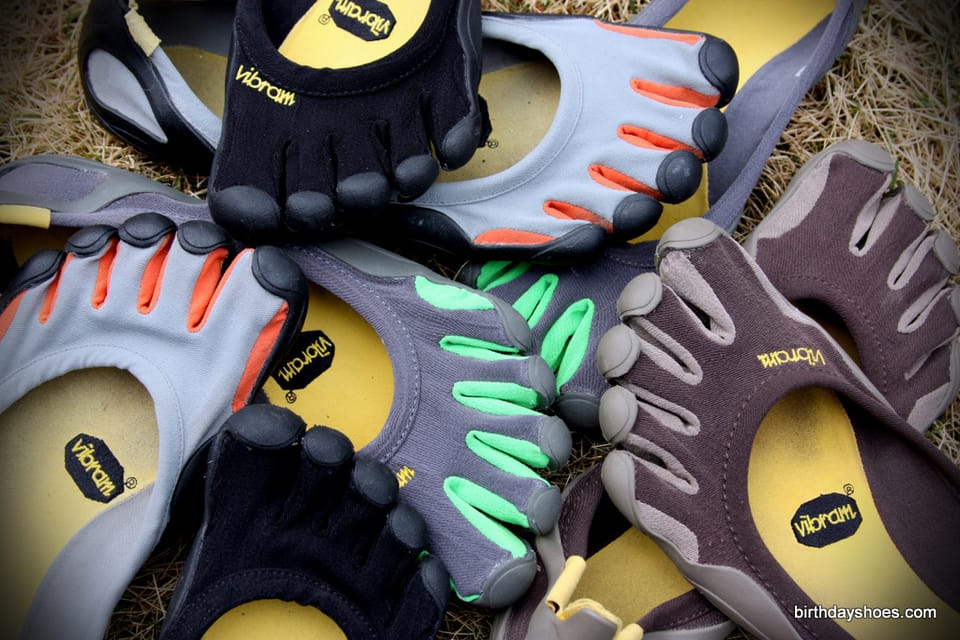An interview with Coach Eric Orton of B2R
Running is a growing sport, this much is for certain. With that has also come increased interest in the details, differences, quirks, and outliers of the sport. Specifically, things like ultrarunning, minimalist footwear, and natural biomechanics. One o…

Running is a growing sport, this much is for certain. With that has also come increased interest in the details, differences, quirks, and outliers of the sport. Specifically, things like ultrarunning, minimalist footwear, and natural biomechanics. One of the factors that can certainly be said to have contributed to the growth of running as well as fostering interest in those varying details and quirks in recent years is the book Born to Run by Christopher McDougall.
For those few runners who haven’t read it yet, suffice to say that the book is chock full of colorful characters. Several of these individuals have gone on to establish new ventures or further enrich their already illustrious careers. Coach Eric Orton is one of these characters.
While his personal story may not get as much page time as some of the others, Orton is arguably the backbone of the narrative. One of the primary threads of the story is McDougall – a big guy with persistent running injuries – getting not just back out there on the road and trail, but getting better and staying healthy. Orton is introduced as the coach who makes it happen. Read on for more.
Eric's primary focus is developing and honing his clients’ own natural running form. He has personally coached countless individuals like McDougall to become better runners. Ever since Born to Run blew up, Orton has found himself more in demand than ever. For a man as passionate about training as he is, though, this is not a problem. In fact despite his incredibly busy schedule, Orton still found the time to partner up with a client by the name of Eric Swartz to design a new shoe from scratch and build a company around it.
The result is B2R – which, as you’ll see, can be a bit tricky to pin down. Ostensibly it’s a shoe company, but the branding and philosophy also apply to an at-home foot strength training program, run training plans, and nutrition. I’ll be reviewing the shoes and the strength training program in upcoming posts. In the meantime, I reached out to Coach Orton to get some details about B2R and its background. What follows is a little Q&A I had with Eric.
Since you were building a new shoe from start to finish, walk me through the thought process. Specifically, which components got first billing and what were the big roadblocks.
For us to compete, I had to have lofty goals for the B2R shoe(s). First and foremost was to institute the split toe to gain a performance edge. The challenge was to have the split fit right, to feel natural, and to be comfortable with or without socks. We spent a lot of time experimenting with the material for the upper in general, but also a lot of attention went into finding the right material for the split toe area of the shoe. The last or the 3D fit was another big part of the initial phase, as I wanted the B2R last to fit every type of foot, narrow, wide and anything in between. There is always the extreme cases on either side, but I wanted this shoe to fit everyone WELL. So between having the split toe and perfecting the last, I think we nailed it.
These two components set the table for everything going forward. We really nailed the last dimensions rather quickly, which helped us then to place all of our focus and attention on getting the split toe right. The initial hurdle we had to overcome was in selecting the material for the split toe. As I mentioned we had to find a material that was comfortable/not irritating, but that also was not cumbersome, confining the toe with too much material. This took many prototypes and samples and several trips to the factory, but [it] was worth it.
We knew we had something once we dialed the last fit and split toe design, but it was an added surprise on how the split toe affected the performance by how the split toe hugs the foot due to the wrapping of the upper around the top of the toe. The shoe actually adheres to your foot naturally and the shoe becomes a part of your foot rather than something "added" to your foot. Our shoe does not make you run better and force you to run with better form, it allows it to happen naturally and with adequate protection. And it is important to note that you do not even notice the split toe once you start to run. In other words, it is not something you really need to get used to.
This all led to achieving my goals for the shoe:
- Natural feel with proper protection to allow runners to run
- Allow the foot to truly act natural and acting as its own stabilizer (split toe)
- I wanted the shoe to look cool, but also like a normal running shoe
- Wanted it to fit all foot types
- To be worn with or without socks
- Wanted it to appeal to devoted minimal fans and to traditional runners – a shoe for everyone, not a category.
- Develop a natural performing shoe for any distance
What was wrong with or missing from the already existing brands of minimalist running shoes? That is, what made this a worthwhile venture from a trainer's perspective?
B2R's mission is to be the caretakers of the Born to Run movement and provide training tools to help runners improve performance and achieve healthy running. Born to Run was a great story that resonated in so many ways to so many runners, but also left questions about how to [acheive healthy running]. I get questions all of the time, what kind of shoes should I wear, how do I transition, how did Chris do it, how should I train? Etc. etc. I went from helping 20-30 athletes a year to needing to help thousands of athletes, so B2R was started to help the masses with a great shoe, but also [help with] great training. The "Strength Training Program" is an integral piece to this and is very potent, but yet simple to execute. This can't be underestimated. It is like nothing else out there and like nothing any one has ever done before – training the feet.
How important is ground feel as compared to zero drop? The road performance shoes, for instance — is the thickness of the sole based on an ideal?
We needed to find what the ideal was and this came through experimenting and having the unique opportunity for me to be at the factory, experimenting day in and day out until we found the ideal. Not only did I work with designers, but I literally sat next to the sewing machine guy and the outsole guy – the people actually making the shoe, to help with the research and development of this shoe. I could say, go try this and 2 hours later they would bring back a new prototype for me to try. This happened 2-3 times a day, every day during my factory visits and allowed us to have the attention to detail required to have this great shoe. This can't happen with the big companies making dozens and dozens of different categories shoes. We had one focus, with one philosophy of what a shoe should be.
The B2R out/mod sole profile thickness came about through trial and error, with the goal of providing adequate protection while maintaining a natural feel of the ground. The split toe allows this to happen, providing the articulation of the big toe to grip and perform naturally with the desired protection. Other shoes either have good feel of the ground but miss having good protection, or having good protection but without the natural feel and performance. We did both and I feel with the best overall fit of any shoe out there.
Zero drop is important also to allow the calf to activate fully, which creates power and elasticity, firing more muscles and creating natural stability for healthy running. This of course requires some transition time and the foot strength program helps with this transition and also helps train the calf to further provide performance enhancing strength and stability.
Would you encourage the minimalist lifestyle for everyday use? Or just for exercise?
I hate categories (minimal). It is what got us into this mess to begin with. I feel this is the most appropriate way to run and should not be lumped into a category, therefore something every runner should look to for performance based improvement and for healthy running. I am a coach and I coach runners for races and to get faster, regardless of ability. This requires proper shoes, proper training and proper form. So I do not look at this as a lifestyle like others might, I look at it from a coaches perspective to help my athletes make leaps and bounds in performance.
When can we look forward to the trail version, and can you share any specs yet?
We are 95% there. Just some details while I continue to test for protection and wear. The split toe is amazing on roads, but even more evident on undulating terrain and magnifies everything good about what the B2R road shoe is all about. This first trail shoe will be built on the same last and outsole/midsole profile as the road shoe, but with a different upper design and material and with a more aggressive, trail style outsole lug design/pattern.
Obviously B2R wants to get lots of runners into a pair of new shoes and to try the training regimens, but short of that what's the most basic, distilled advice you can give to a curious new minimalist runner?
First and foremost I would say have an open mind and that minimalism doesn't mean barefoot. From my perspective it is about improving as a runner and I would challenge them to see and view it this way. Anyone can improve and get better, regards of ability and goals. We have been conditioned for a long time that with running comes a certain amount of aches and pains and tightness. This should not be and most runners do not have to feel these aches and pains that we may think are inherent to running or running more or longer. By embracing a natural performing shoe, with some strategic training, attacking the feet first, we as runners will move better, feel better and become better athletes in our own right – which will make us better runners and feel better in the process.
If they have not already done so, I would also suggest they read Born to Run and challenge them to see this natural movement is not about just being barefoot. Barefoot is a performance enhancing tool to help build strength and form — not an end in and of itself.
Thanks, Eric! And stay tuned as my B2R series continues in the coming weeks!




